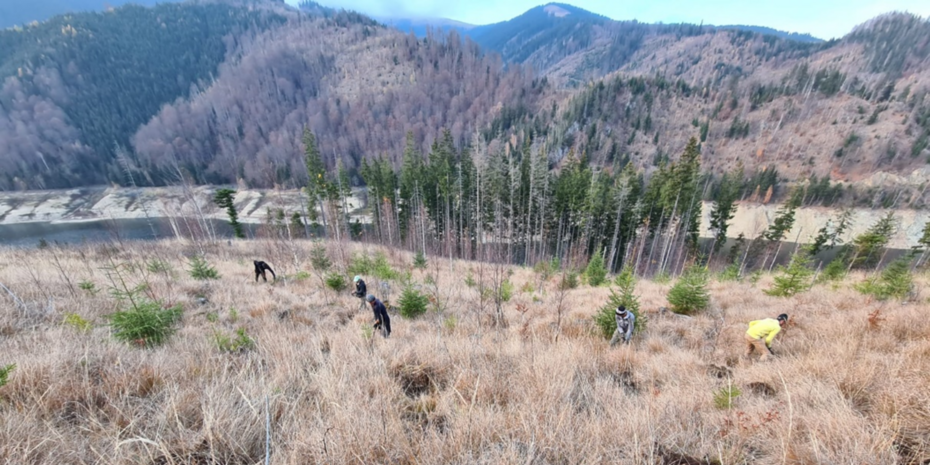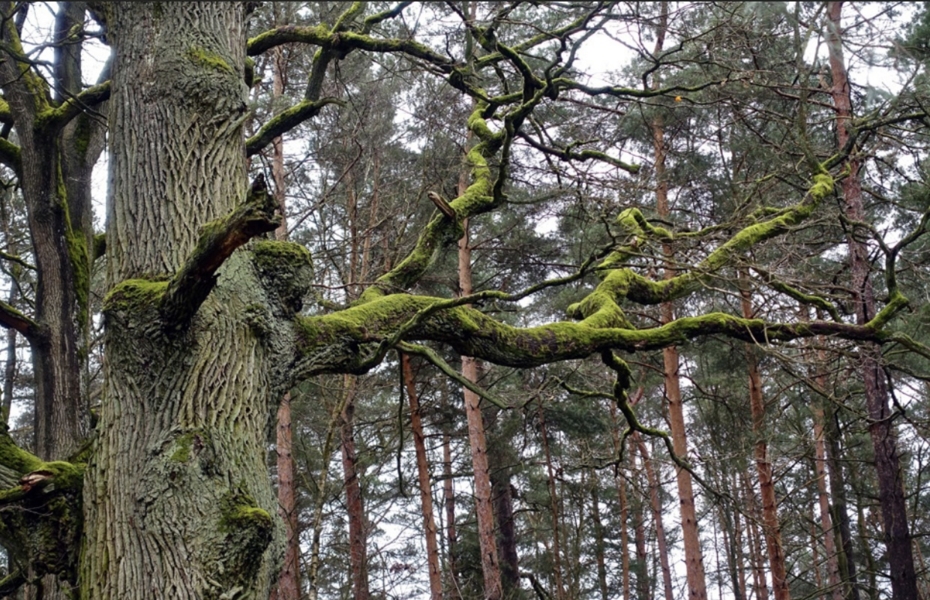
4.3 Ongoing management activities

Forest and nature restoration is not a one-time intervention, but a long-term process that requires continuous monitoring and adjustment. After the initial restoration measures, it is essential that the area continues to develop through a structured management plan. Ongoing management therefore includes all planned maintenance and management activities needed to support the restoration process and ensure long-term, sustainable outcomes.
For example, in forests, an intensive aftercare phase begins after planting. Young trees must be regularly checked during the first few years for mortality and competition. Where mortality occurs, replanting (replacing dead trees) is necessary. Often it is essential to release the planted trees, meaning that the young saplings are freed from competing vegetation such as brambles, tall grasses, or unwanted tree regeneration. This is crucial to prevent young trees from being overgrown or outcompeted during their vulnerable early stage.
Once the planting is successful and the trees begin to grow, the management enters a decision phase. Depending on the ecological, social, and economic objectives for the area, managers can choose either to actively guide forest development through thinning, or to let nature take its course. In a thinning scenario, selected trees are removed to create space, light, and growth opportunities for desired species or structural development.
At the same time, experience shows that purely natural processes do not always lead to the desired outcomes on their own. Excessive browsing by deer, roe deer, or rabbits severely hampers natural regeneration in many areas. In such cases, additional measures like fencing or supplementary planting are needed to ensure forest development. A flexible, well-aligned, and adaptive management plan is therefore essential to guide the restoration process toward long-term success.
In the case of open habitats such as grasslands and heathlands, the restoration trajectory requires a different approach than in forests. Here, ongoing measures like mowing and grazing are crucial to maintain the ecosystem. Without these interventions, many of these areas would gradually become overgrown with shrubs or trees, leading to the loss of characteristic species and a loss of landscape diversity. Ongoing management is therefore just as vital in these landscapes to preserve their open structure and associated biodiversity.
Related resources
Assessment of initial success and restoration efforts
Assessment of initial success and restoration efforts is a monitoring protocol that includes qualitative and quantitative assessment of early stages of restoration success (1-2 years after establishment) and efforts made to achieve a successful restoration.
How to balance forestry and biodiversity conservation
This publication, produced within the framework of the INTEGRATE European Network, explores how to integrate biodiversity conservation into sustainable forest management across Europe. It presents theoretical insights, real-life case studies and a toolbox of practical measures.




